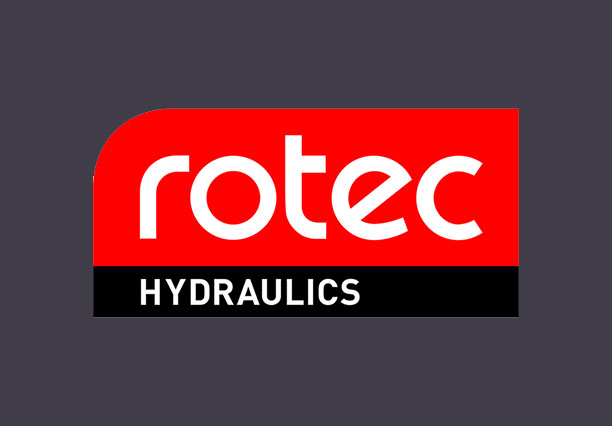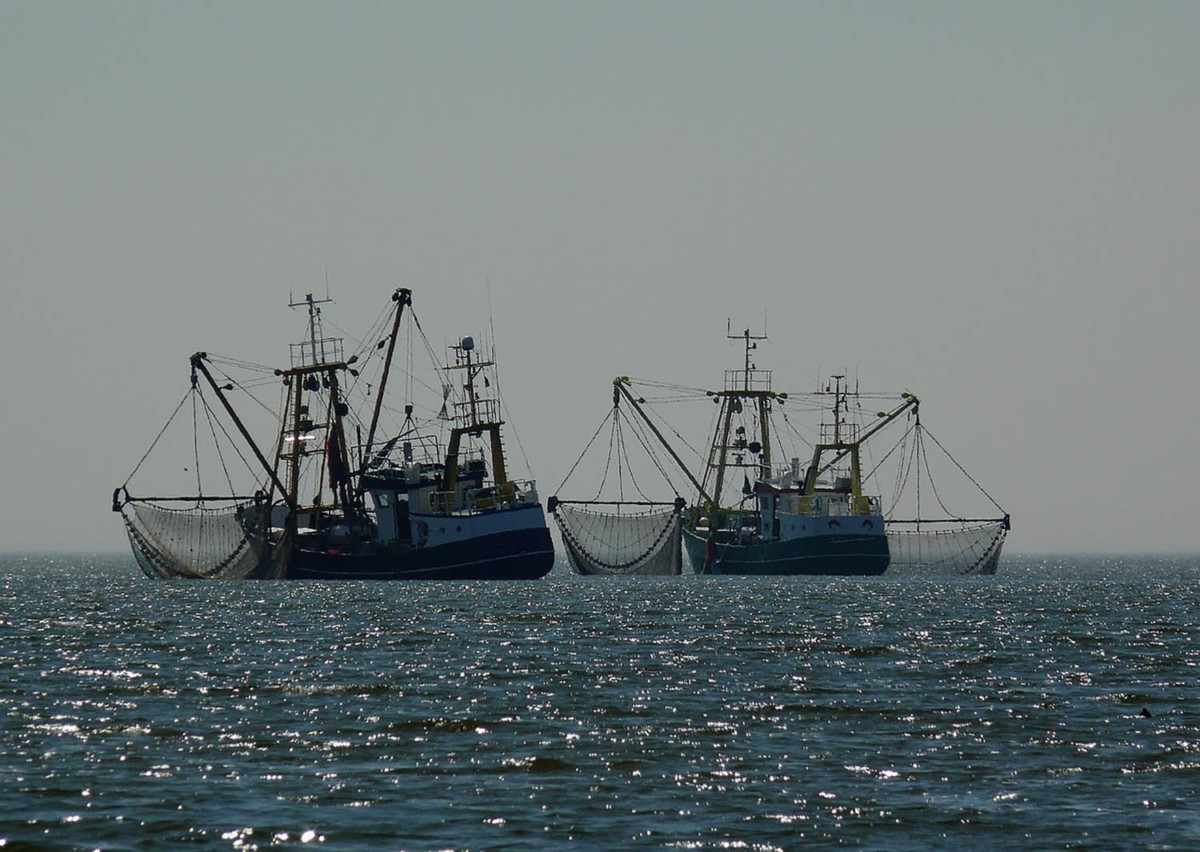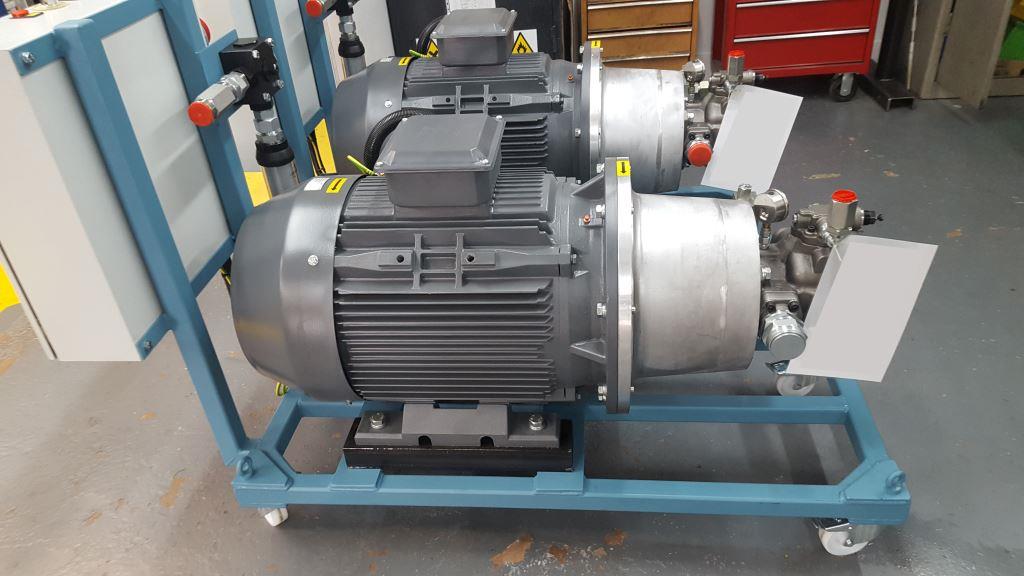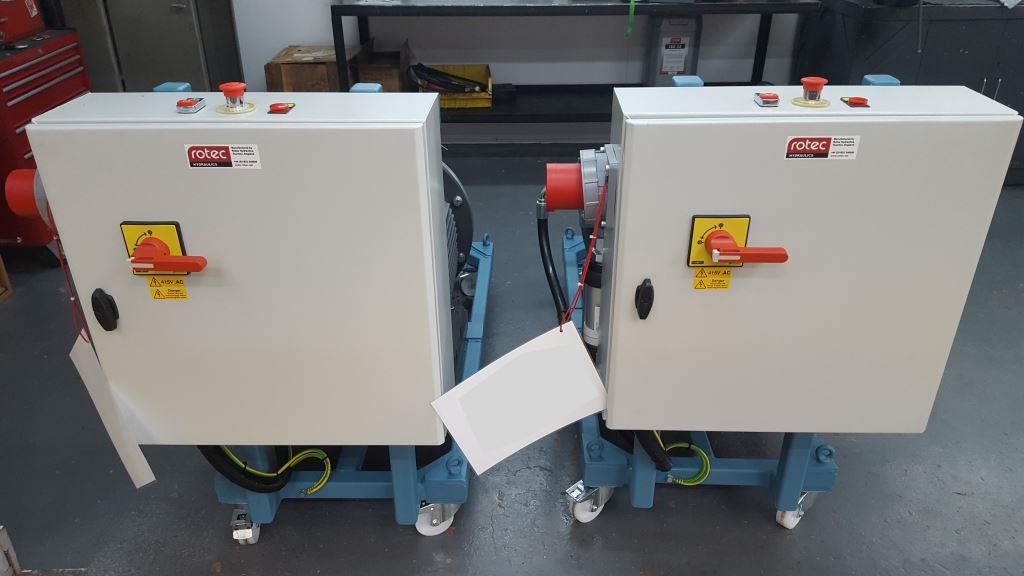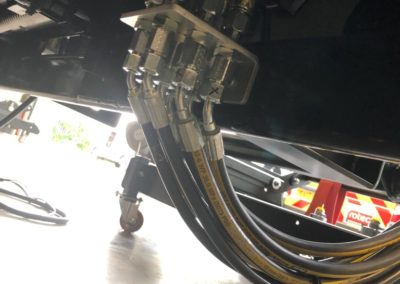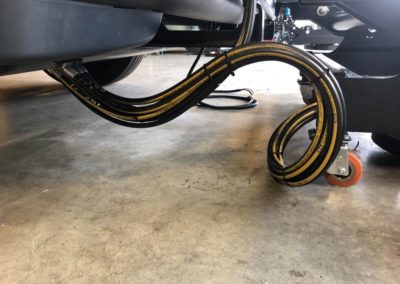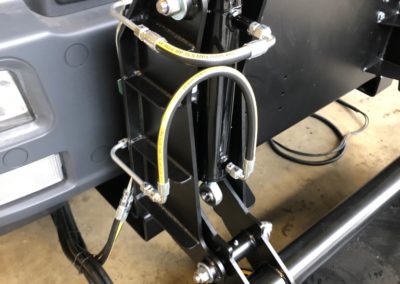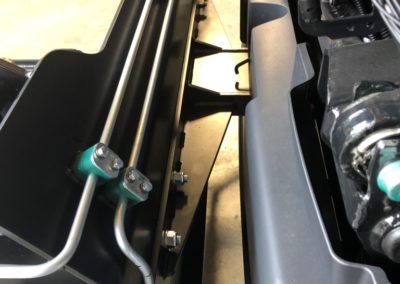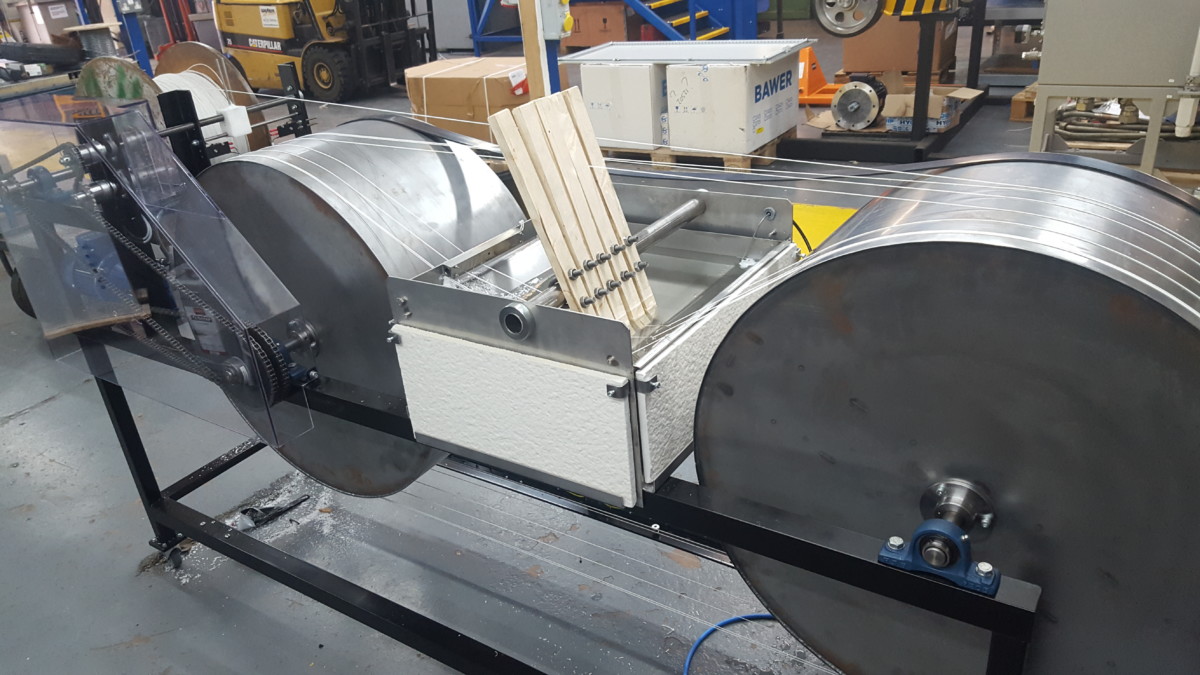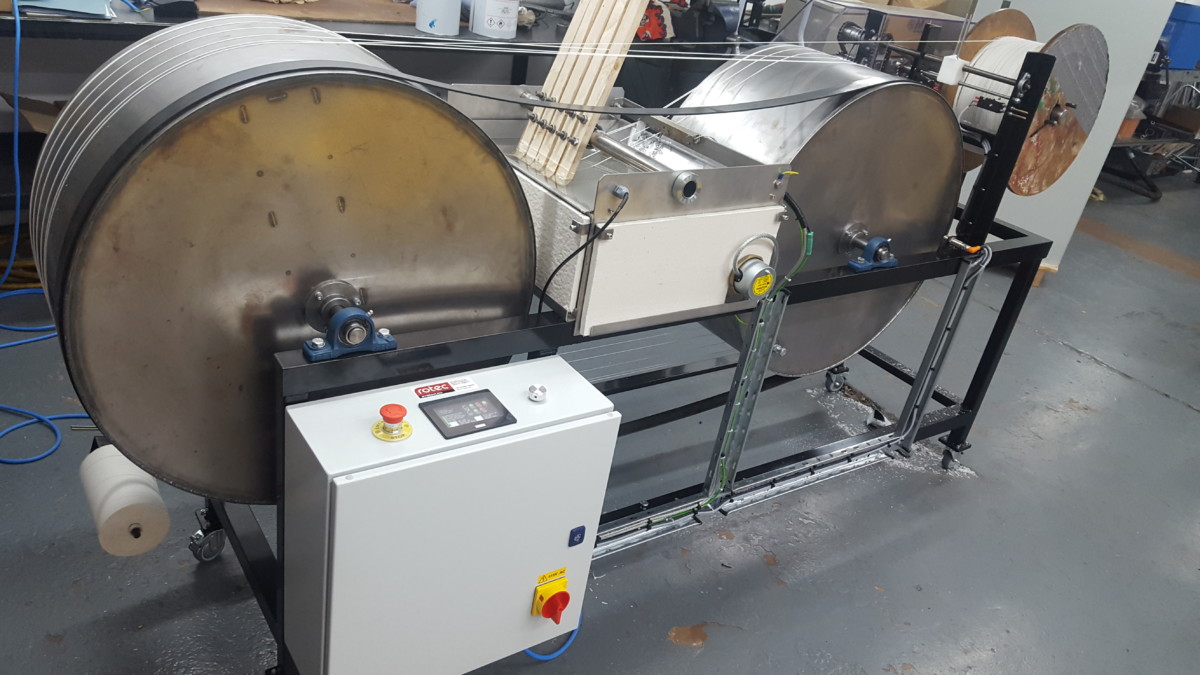Defence Hose Assemblies
Hose Assemblies forJackal HMT
The Jackal HMT series is a supremely versatile platform with unparalleled cross‑country performance.
Already well-proven in the harsh terrain of the Afghanistan battlefield, the 400 has a unique air suspension system that allows the selection of a variable ride height to match the terrain and also, enable internal loading within CH-47 Chinook.
Rotec supported Babcock (DML) in 2009 with production of hose assemblies for the Jackal.
Rotec’s technical expertise, infrastructure and ability to utilise Parker technologies enabled the supply of the specialist hose kits suitable for hydraulic and auxiliary services. Kits were supplied fully assembled and tested.


